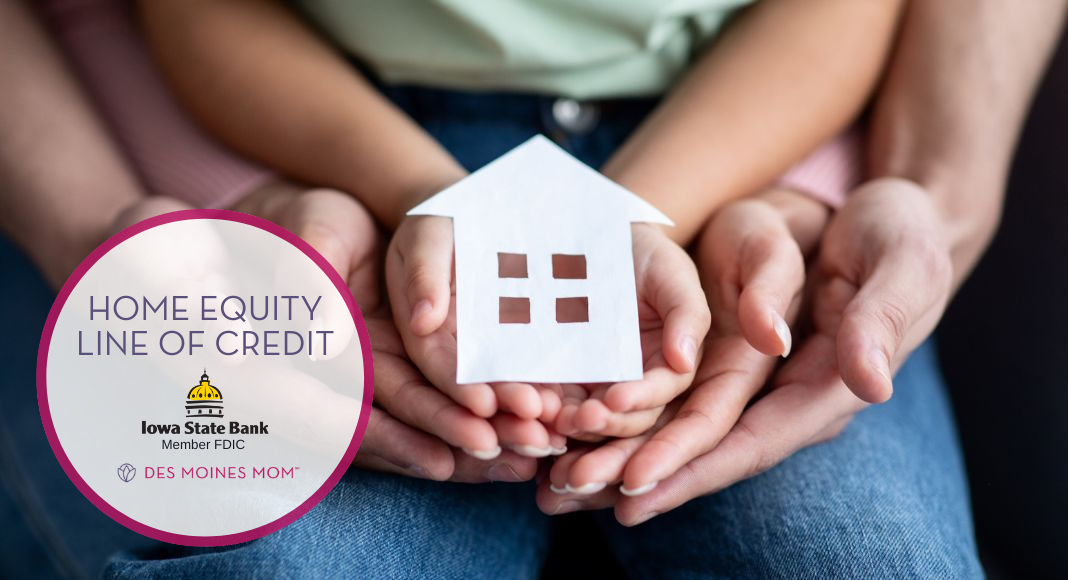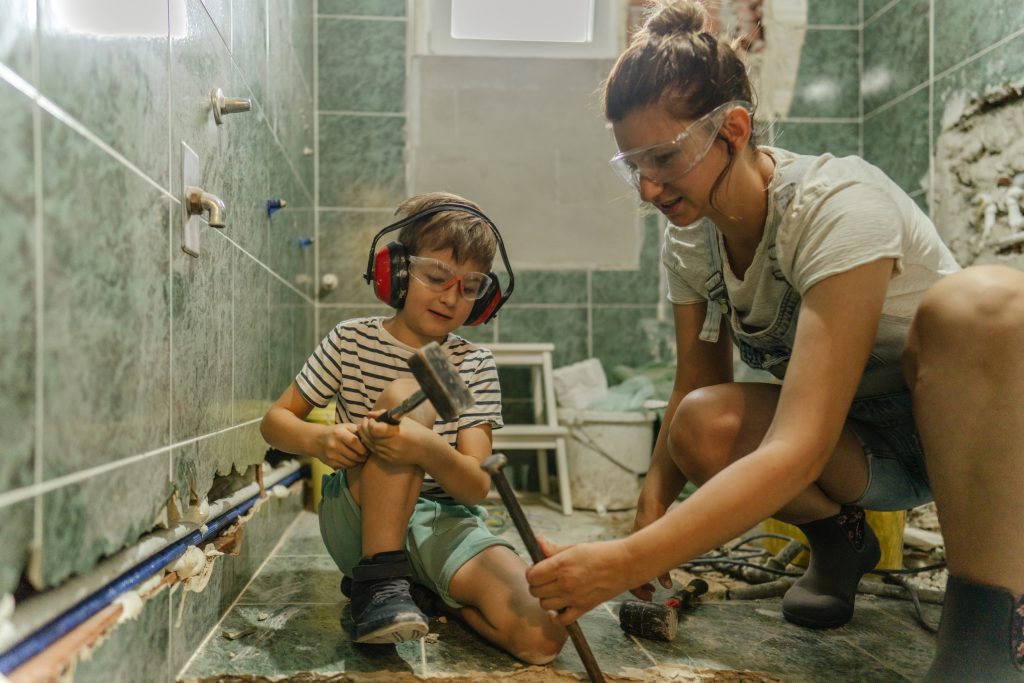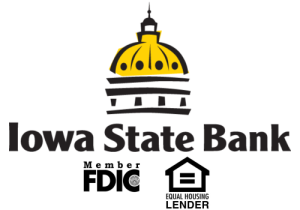 Rising interest rates may deter homebuyers from looking for a new home. As a result, the home equity line of credit (HELOC) is becoming a more popular loan product that appeals to existing homeowners.
Rising interest rates may deter homebuyers from looking for a new home. As a result, the home equity line of credit (HELOC) is becoming a more popular loan product that appeals to existing homeowners.
“Using the equity in your home may be considered a smart way to receive affordable financing to pay for larger expenses including home improvements,” Darlene Ackley-Raymond, Vice President – Mortgage Loan Officer with Iowa State Bank said. “By tapping into your home’s equity, you can avoid pulling money from savings or seeking higher interest rate financing elsewhere. Once established, it is available when you want and need it!”
Current market conditions may cause home values to rise, rapidly increasing the equity in peoples’ homes. According to a recent TransUnion Credit Industry Insights report, homeowners have gained on average $233,000 in equity. With higher equity, homeowners may use HELOCs to make needed improvements to their homes.
What to Know About Home Equity
Home equity is the difference between what a home is worth and what the borrower owes. For example, if a home is valued at $300,000, and $150,000 is still owed on the mortgage, then the homeowner has $150,000 of equity.
Once a borrower obtains a mortgage, it generally takes approximately five years to build equity in a home. The length of time varies depending on the down payment size, interest rate, and the years of repayment. The time it takes to build equity can be shortened with a larger down payment or by making additional payments identified as principal payments. A strong housing market as we’ve seen in recent years can also cause the value of a home to increase, creating additional home equity.
 How to Use a HELOC
How to Use a HELOC
The most common use for a HELOC is home improvements, particularly expensive items that cause a safety concern, such as a leaky roof, bad wiring, or for renovations. Since it is a line of credit, a HELOC allows the borrower to borrow only what they need and when they need the funds. The remaining balance of a HELOC is available should other needs arise. A HELOC does not accrue interest unless it is used. Other advantages may include:
- Low closing costs but may include title certificates, property appraisals or evaluations to determine home property value, flood determination, and recording fees
- Lower interest rates than unsecured, credit cards or personal loans
- Tax deduction on up to $100,000 in interest paid on the loan in certain circumstances*
- No restrictions on how the funds are used; however, the draw periods can vary by loan program
“The best way to determine if a home equity loan is a good idea is to discuss it with your banker,” Darlene Ackley-Raymond says. “Your banker can evaluate if you have enough equity in your home to cover the purchase you want to make and advise you on whether doing so would be a responsible decision.” Terms of home equity lines of credit vary by financial institution and you can request the Home Equity Line of Credit Agreement & Disclosure to compare products.
Learn More
To find out if a HELOC is right for you, contact Darlene Ackley-Raymond, Vice President – Mortgage Loan Officer (NMLS # 2421055) with Iowa State Bank at 515-246-6321 or email at [email protected]
*You should consult a tax advisor regarding the deductibility of interest and charges for the home equity line of credit.

















